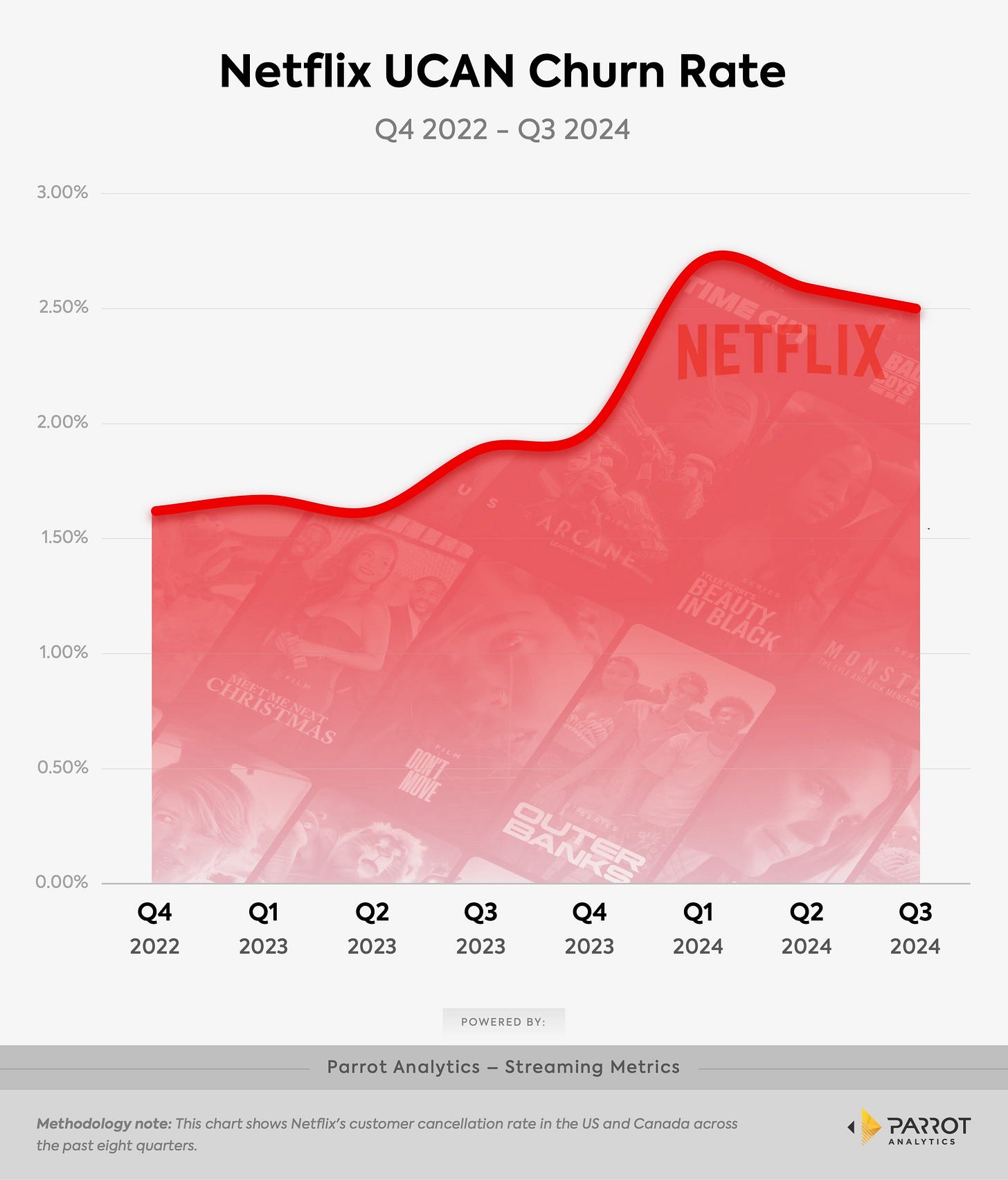How to Approach Churn Reduction in Subscription Services: A Data Science Business Use Case
Ace your next technical interview
Imagine getting asked by your interviewer:
How would you stop users from leaving a service like Netflix or Spotify?

If your instinct is to talk about which Python libraries or ML models you would use, then trust me, you’ll fail to position yourself as a strong candidate.
Tackling challenges like churn prediction in the real-world requires much more than that.
In this article, I’ll walk you through a practical framework to tackle this question effectively by blending technical expertise, business acumen, and product sense.
This will show interviewers that you can think like an effective data scientist and that you are someone who can create value.
Step 1: Define the problem
The first step in any data science project, including interviews, is problem definition. In the case of churn prediction, you’re not just looking at numbers, you’re interpreting behavior and aligning solutions with business goals.

Ask the right questions
Why are users leaving? Is it due to price sensitivity, lack of engagement, or better offerings from competitors?
What does churn cost the business? Are all customers equally valuable, or do some segments contribute disproportionately to revenue?
Understanding churn also requires product sense, knowing which features users value most and how their behavior signals satisfaction or potential disengagement.
More about developing product sense in this article.
Metrics to explore
Churn rate: The percentage of users who cancel their subscription over a specific period.
Customer lifetime value (CLV): Helps prioritize retention efforts.
Engagement metrics: Time since last login, session frequency, and interactions with key features.
💡 Key insight for interviews:
Show your thought process! Explain why understanding the problem is critical for building effective solutions.You can say, “I’d start by defining churn and identifying which user behaviors correlate most strongly with it.”
Step 2: Choose the right tools and features
Once the problem is defined, the next step is to outline a thoughtful approach for modeling and feature engineering, fitting the specific business needs.
Interviewers want to know how you’d tailor methods to address the problem.

Modeling approaches
Binary classification: Use algorithms like logistic regression or gradient boosting to predict churners vs. non-churners.
Survival analysis: Predict not just if a user will churn but when they are likely to churn using methods like Kaplan-Meier estimators or Cox proportional hazards models.
Key features to engineer
Behavioral indicators: Time since last login, session duration, and usage frequency.
Subscription details: Plan type, subscription length, and payment history.
Engagement metrics: Playlists created, movies watched, or features used.
Data nuances to address
Censored data: Handle users who haven’t churned yet using techniques like Kaplan-Meier estimators.
Imbalanced classes: Use strategies like oversampling, undersampling, or class weights to handle rare churn events.
💡 Key insight for interviews:
Explain the trade-offs. For example, “I’d consider the interpretability of logistic regression versus the predictive power of gradient boosting, depending on the stakeholders.”
Step 3: Translate insights into actions
Models are great, but their true value lies in driving decisions. Interviewers want to know how you’d use predictions to create business impact.

